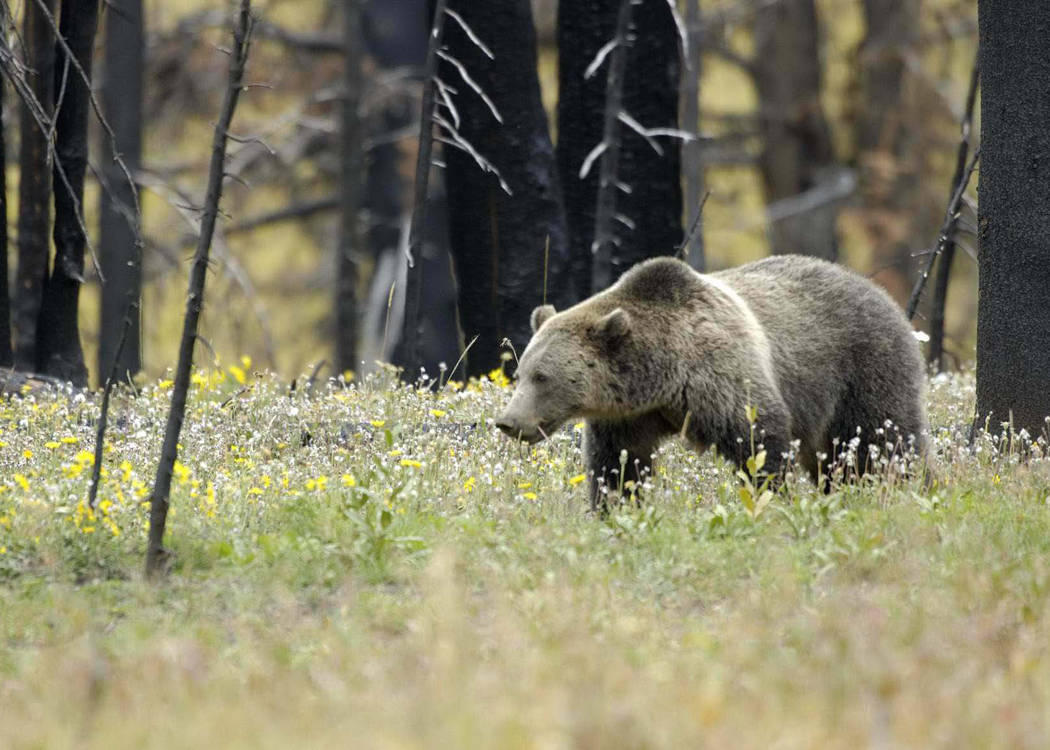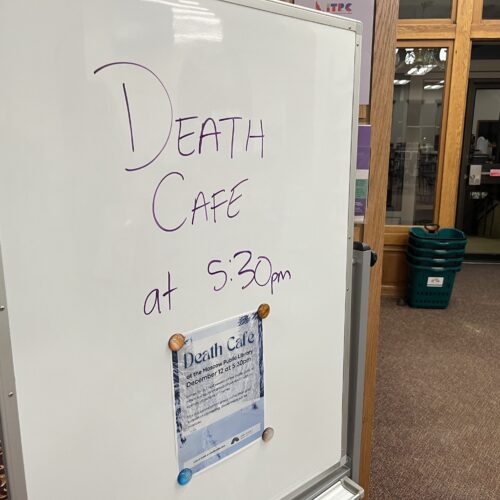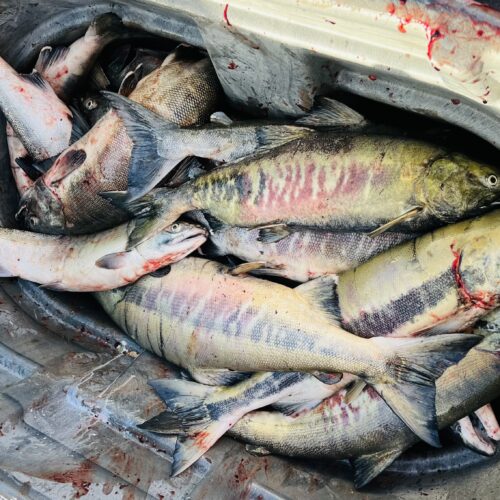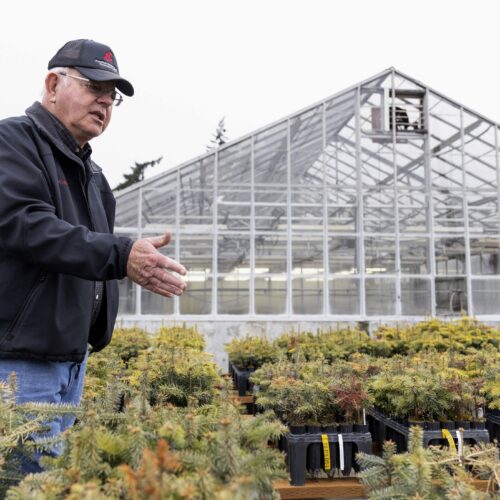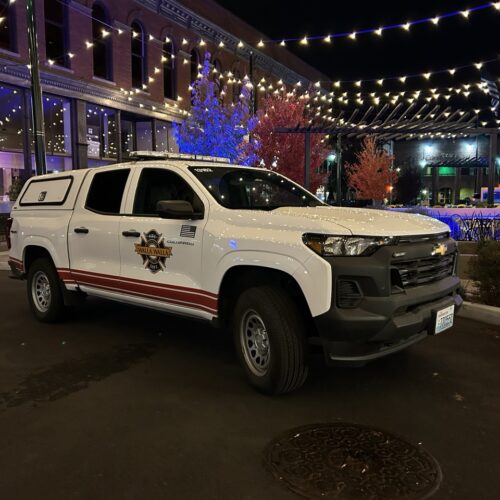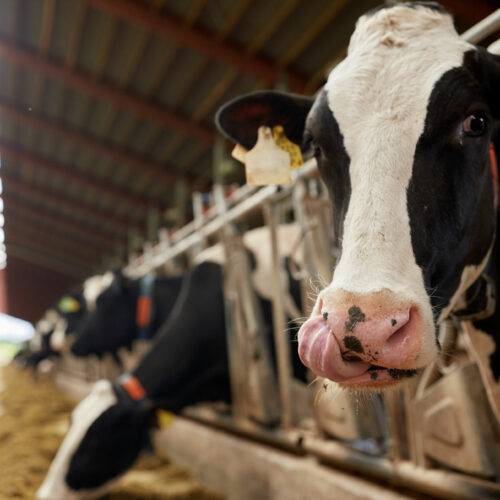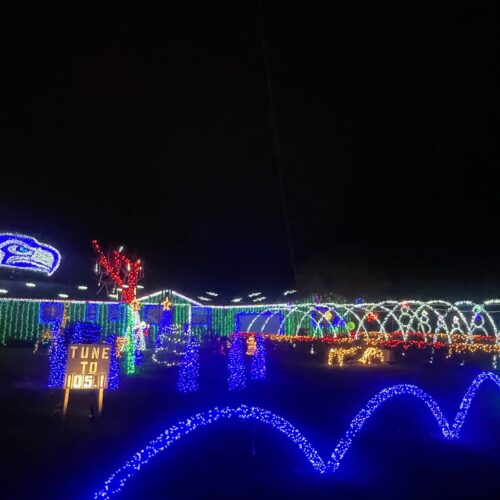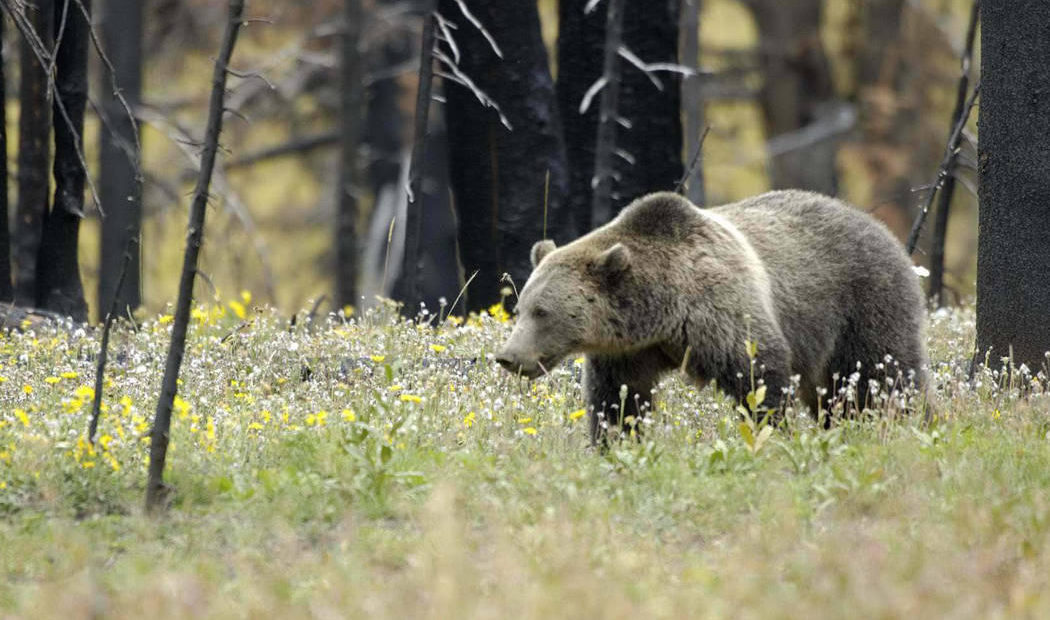
Interior Secretary: Grizzlies Will Not Be Brought Back To Washington’s North Cascades
LISTEN
Efforts to introduce more grizzly bears to Washington’s North Cascades have come to a halt. U.S. Interior Secretary David Bernhardt announced he’s putting a stop to the plans Tuesday, after years of debate.
“The Trump administration is committed to being a good neighbor, and the people who live and work in north-central Washington have made their voices clear that they do not want grizzly bears reintroduced into the North Cascades,” Bernhardt wrote in a news release. “Grizzly bears are not in danger of extinction, and Interior will continue to build on its conservation successes managing healthy grizzly bear populations across their existing range.”
Conservation groups have said they are “weighing options” about what to do next. Ranching and cattle groups applauded the decision, saying more predators present challenges for their members.
“Ranchers and public lands users in these communities face overwhelming losses and impacts from huge gray wolf populations, and when paired with the economic hardship of the coronavirus pandemic, the introduction of yet another apex-predator would prove devastating,” said Kaitlynn Glover, with the National Cattlemen’s Beef Association.
Four Alternatives
For five years, the federal government worked on four alternatives to introduce grizzly bears into Washington’s North Cascades. The plans included doing nothing and slowly introducing up to 25 bears over a decade. The goal would have been to have around 200 bears in the recovery zone within the next century.
Biologists estimate there are only a handful of grizzlies left in the region. They say there are so few grizzlies, the bears won’t recover on their own in Washington.
Recovery efforts have been ongoing in Washington for decades, but it hasn’t worked, said Chase Gunnell with Conservation Northwest. The group has supported introducing more grizzlies to the North Cascades.
Gunnell said the Endangered Species Act requires the federal government to help restore grizzlies in the North Cascades.
“The science is very clear that grizzlies will not naturally recover in the North Cascades. This landscape is simply too fragmented and too disconnected from other populations farther north in British Columbia and to the east in the Northern Rocky Mountains,” Gunnell said.
In 2018, then-Interior Secretary Ryan Zinke, who grew up near grizzlies in Montana, said he was “in support of the great bear.”
“When done right by professional management, the grizzly can return harmony to the ecosystem,” Zinke said at the time.
But the idea faced pushback from ranchers who felt unheard and worried about additional predators on the landscape.
Congressman Against Grizzly Plan
After scoping meetings, public hearings, webinars and informal updates at meetings across the region, Republican Congressman Dan Newhouse, whose large district includes the north-central Washington region, requested more public meetings with his constituents in Okanogan County. Many residents there said they didn’t feel they’d been heard throughout the comment process.
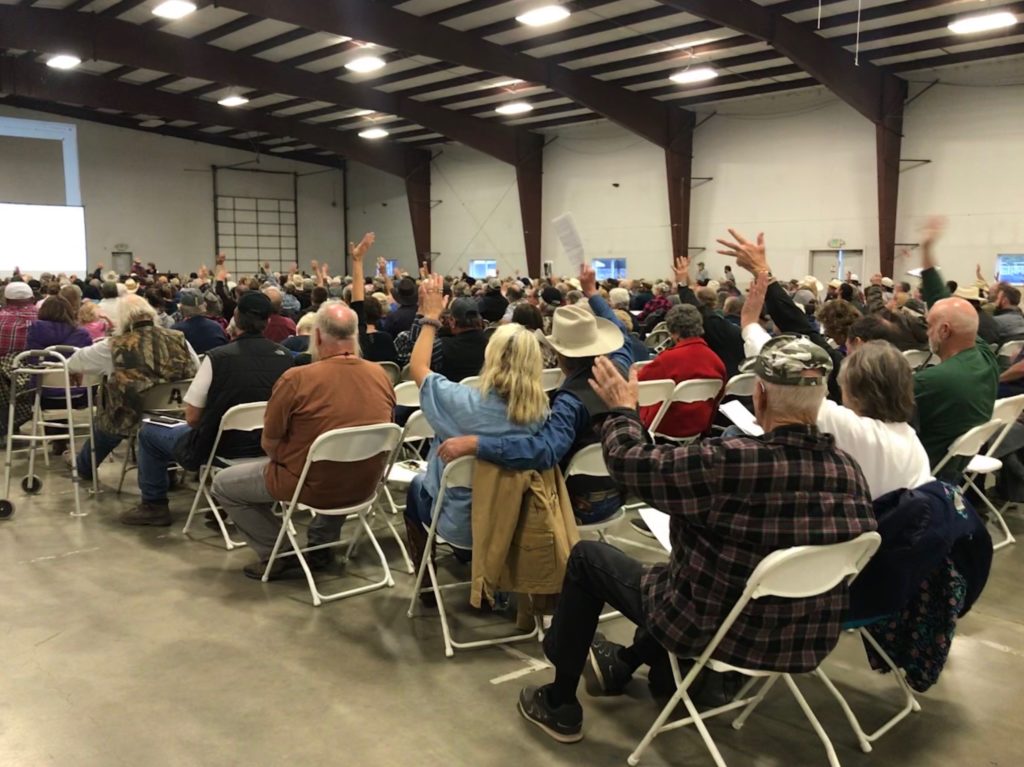
Around 450 people came to the Okanogan County Fairgrounds Monday, Oct. 7, 2019 for a public meeting about possible grizzly bear reintroduction in the North Cascades. Most voiced opposition to the idea, including U.S. Rep. Dan Newhouse, who represents much of central Washington. CREDIT: Courtney Flatt/NWPB
At a public meeting last year, Newhouse told the crowd to cheers and applause, “I think you all know where I stand on this issue. I don’t think the science supports it. I think it’s against state law. I don’t think the local communities want it.”
Most people at the 2019 Okanogan meeting did not want to see more grizzlies brought into the North Cascades.
The most recent announcement Tuesday came during a round-table in Omak, where people were able to give feedback on the decision.
Several conservation groups said they were frustrated that they weren’t allowed to attend.
“It’s a really disappointing way to end what has been a very public and open process,” Jasmine Minbashian, with the Methow Valley Citizens Council, said Tuesday in an interview.
Minbashian said many people who live in the recovery zone support grizzly reintroduction efforts.
“(Newhouse and Bernhardt) are listening to just a small part of their constituents. … If people have concerns, the right approach is to bring people together to talk about it and work out solutions,” Minbashian said. “The right approach is not letting grizzlies in the North Cascades go extinct on our watch.”
Related Stories:
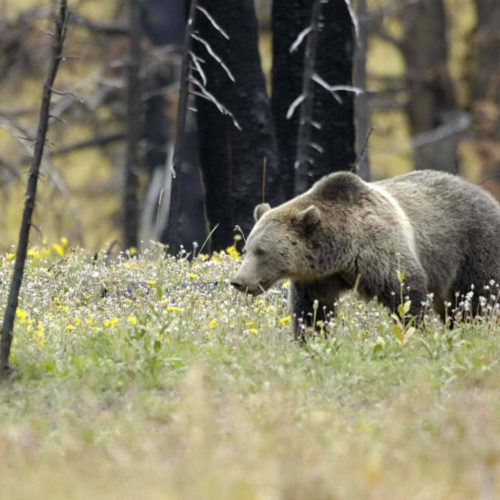
Officials clash over North Cascade grizzly bear reintroduction
A grizzly bear in Yellowstone National Park. (Credit: U.S. Fish and Wildlife Service) Listen (Runtime 1:22) Read In a recent heated committee hearing on Capitol Hill, U.S. Rep. Dan Newhouse,

More grizzlies coming to the North Cascades
Grizzly bear in Yellowstone National Park. (Credit: U.S. Fish and Wildlife Service) Listen (Runtime 0:58) Read Grizzly bears will be brought into Washington’s North Cascades. After more than 30 years

Some tribal leaders support bringing grizzly bears to the North Cascades
Grizzly bear in Yellowstone National Park. (Credit: U.S. Fish and Wildlife Service) Listen (Runtime 1:02) Read One Northwest tribe says bringing grizzlies to the North Cascades would restore harmony to

